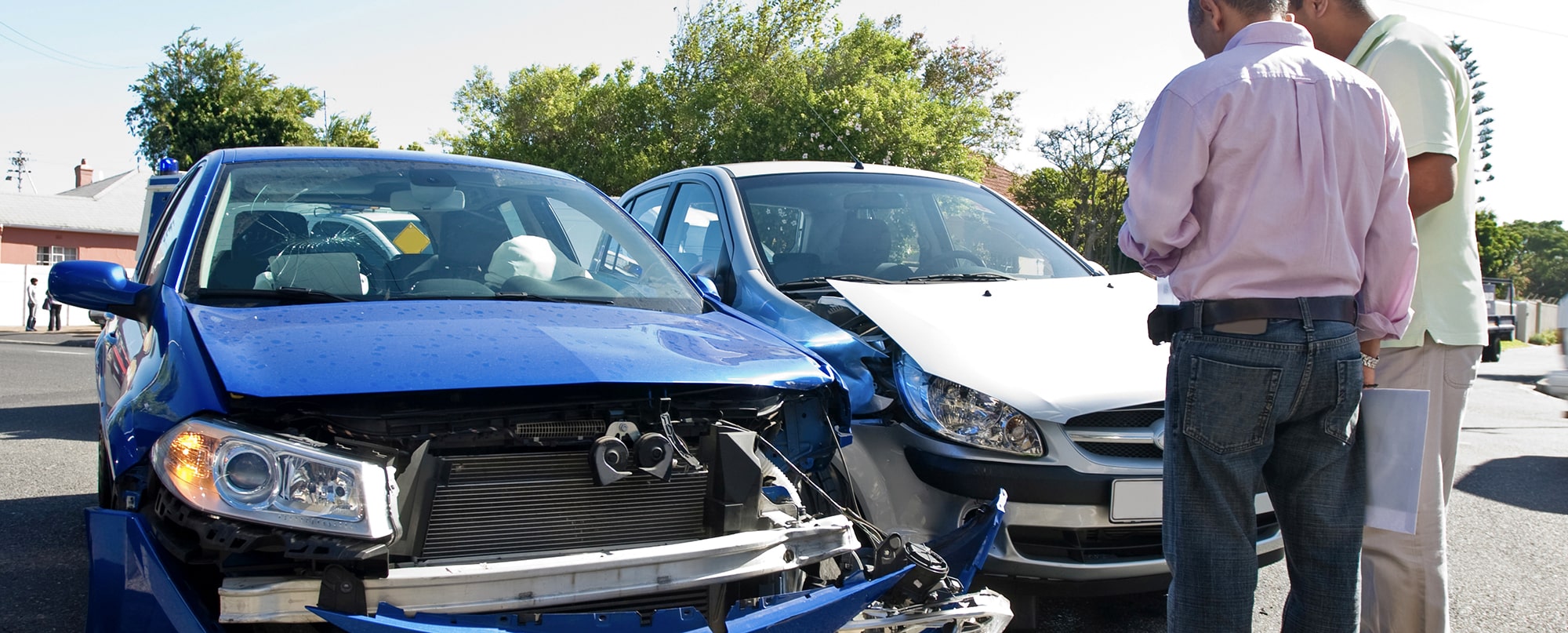
Accidents take place all the time – and they are all of different kinds and the impact or injury caused to the victim is of varying degrees of severity. Victims can and should file a lawsuit to get compensated for personal injuries and costs associated thereto. One very crucial part of the lawsuit is the burden of proof.
Before a suspect may be held guilty or liable, such evidence-related thresholds must be met in all court proceedings, whether civil or criminal. The “burden of evidence” applies to the level of conviction required before a judge or jury would believe something. The presumption of evidence is generally understood to refer to a judge’s or jury’s level of conviction in a case as a whole, such as if a convicted suspect is guilty of murder “beyond a reasonable doubt,” but it also extends to each particular factor in a claim.
When it comes to personal injury litigation, the complainant bears the presumption of evidence. They must show that the suspect perpetrated the accused crime through a preponderance of proof. The difficulty is in persuading others to accept the evidence. Finally, the appellant must satisfy the presumption of evidence set by the judge or jury. It is up to the counsel representing the affected party to show the judge or jury that the defendant’s fault caused the damage. Moreover, hospital care, pain, missed earnings, and other damages must be shown to be directly linked to the injuries sustained by the defendant’s negligence.
Intentional aggression or dangerous interaction with the plaintiff and the defendant’s intent to inflict such contact are the two basic aspects of a federal battery lawsuit. A professional counsel would be familiar with determining cause and meeting the standard of evidence for each aspect of the argument.
Liability rests on the claimant until the plaintiff’s counsel may meet the facts requirement to satisfy the burden of proof. The challenge is how to make a strong enough case to persuade the judge or jury that the defendant is to blame for the accident. The presumption of evidence is applied to each individual argument element rather than the whole case. Meeting the standard of evidence is not always a difficult task. In a court dispute like a personal injury lawsuit, this is particularly true. In civil litigation, a lawyer is not required to prove the guilty party’s guilt beyond a reasonable doubt.
If you believe another person’s or institution’s neglect (failure to offer reasonable care) caused the accident, suffering, hospital costs, missed time at work, disability, or other cost, you should consider filing a personal injury lawsuit.